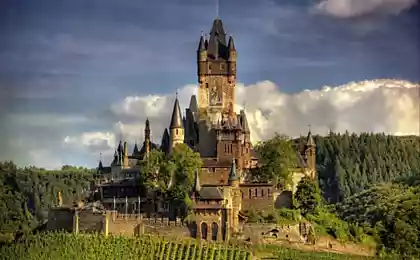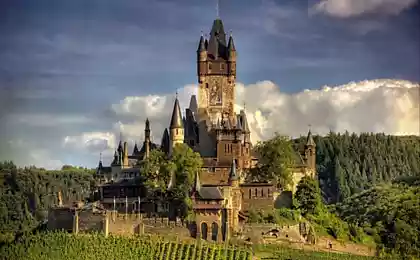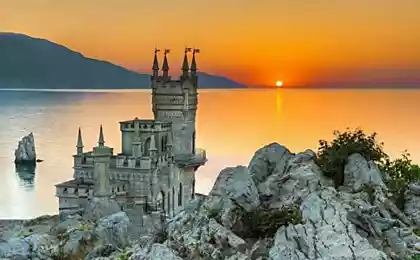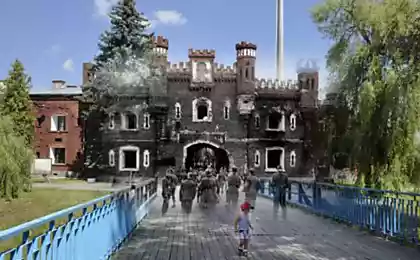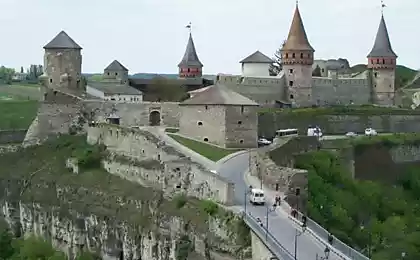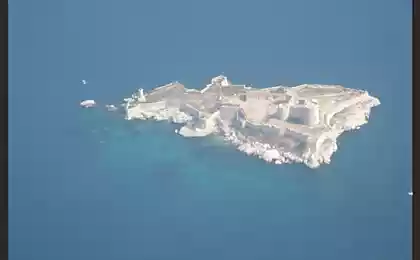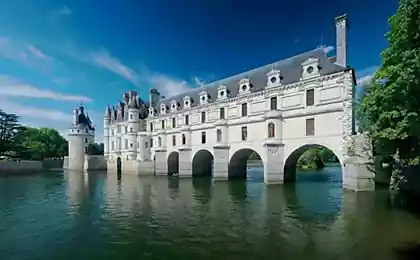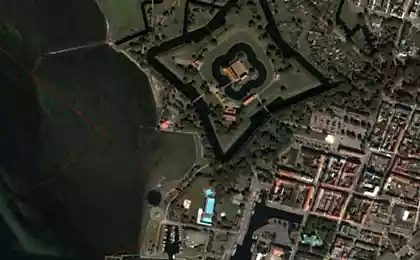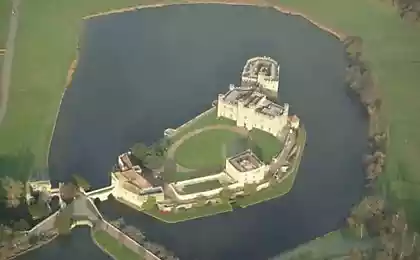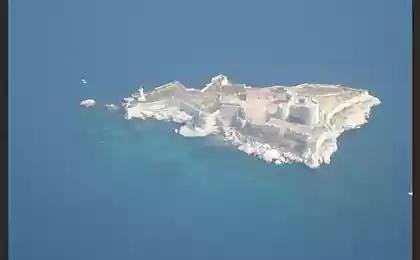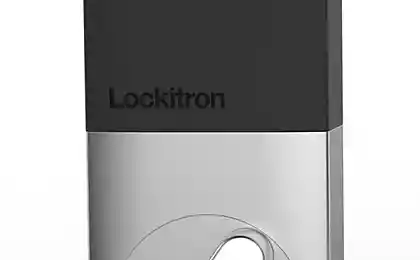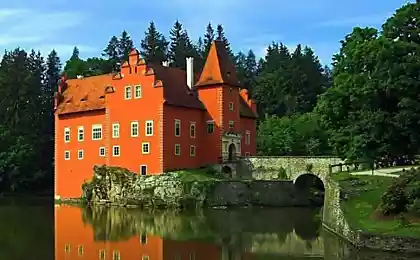1191
Of being a castle or fortress

The beginning of the history of European castles were wooden fortress, which from the VIII century, erected on the borders of their possessions lords and dukes. Despite the convenience and speed of construction, living in a wooden house and even more use it for protection from the constant attacks of the neighbors were not entirely reliable. Starting from the X century, the creation of impregnable fortresses - castles of stone - is the main task of the Knights after the capture of new lands. They are becoming the new place to stay. The owners have spared no resources for their construction and strengthening, thus showed to the world the true works of art, some of which still stand.
That stone has been one of the distinguishing features of Roman architecture castles. Crushed stone used for masonry thick walls, reinforced construction when required. Used stones smaller than in ancient times, they were easier to produce and deliver. Of hewn stone put ornaments of the exterior walls, the so-called plank masonry. Examples of architecture of the period, have the form of a fortress with a high wall and a moat around the circle: my house - my fortress (Eng. My house is my castle). When planning the castle effectively use the natural landscape, to construct artificial lakes and drawbridges. Knight's castle built on hilltops or rocks, with powerful, high buildings made of stone in the middle - Donjon: observation tower and the last defensive fortification at the siege of the fortress.
With the increasing power of kings and fixed boundary territories defensive nature castles lost meaning. There are only elements of stylization. In contrast to the huge massive buildings of Romanesque, Gothic castles seem more elegant. This impression is emphasized by high towers and a large number of decorative elements. Which replaced the skeleton gothic design distributes the load anyway. Gothic arch - a lancet, it consisted of two arcs and less pressing on the support base and allows thinner poles. Sculpture is an integral part of the design of locks. All live in the same rhythm with architectural forms.
The slanting rays of light burst through the cracks, windows and tearing gloom of the castle. Flames numerous candles and torches illuminate reliefs on the walls and statues of figures from the massive pillars. All creates a mood of mystery and suspense. Considering the strict walls and towers, all strongly felt hidden in their strength.
